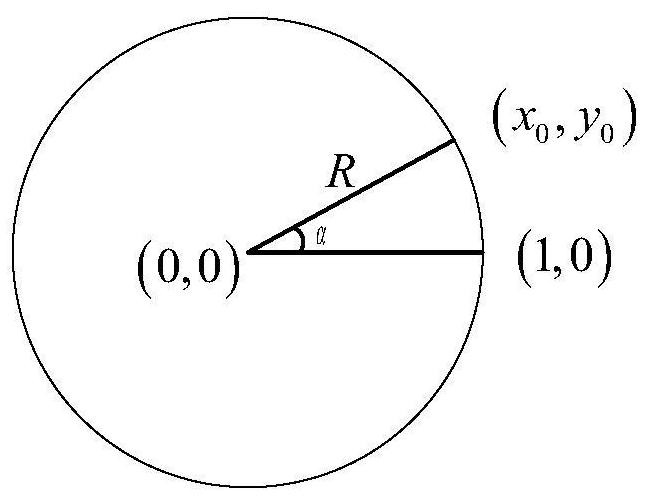Finite element sub-model boundary condition loading method
A technology of boundary conditions and sub-models, applied in instrumentation, geometric CAD, design optimization/simulation, etc., can solve problems such as inability to achieve 2D-3D conversion, inaccurate boundary conditions, etc.
- Summary
- Abstract
- Description
- Claims
- Application Information
AI Technical Summary
Problems solved by technology
Method used
Image
Examples
Embodiment 1
[0049] Such as figure 1 As shown, applying a finite element sub-model boundary condition loading method of the present invention, the finite element simulation analysis of torsion fatigue test is carried out to the torsion shaft, including the following steps:
[0050] Step 1. Overall model modeling and simulation:
[0051] The torsion axis is a hollow tubular sample made of 45CrNiMoVA material. The fatigue load is controlled by strain, with a maximum strain of 2.4%. Based on the shape of the torsion axis and the stress loading method, an overall model of the workpiece is established. Nodes are arranged on the surface of the middle section of the model and corresponding sets are established, and torsional loads are applied to the overall model, and the overall model is submitted for finite element simulation to obtain the deformation of the overall model.
[0052] The equal-scale finite element simulation model of the workpiece and the sub-model boundaries such as figure 2 ...
Embodiment 2
[0086] Apply a kind of finite element sub-model boundary condition loading method of the present invention, carry out the finite element simulation analysis of two-dimensional tensile fatigue test to workpiece, comprise the following steps:
[0087] Step 1. Overall model modeling and simulation:
[0088] Based on the shape of the workpiece and the stress loading method, the overall model of the workpiece is established; according to the needs of sub-model modeling, the nodes are arranged in the middle of the overall model specimen size and the corresponding collection is established; The tensile fatigue test method is used to load the overall model with tensile load; the overall model is submitted for finite element simulation to obtain the deformation of the overall model. The finite element simulation results of the overall model are as follows: Figure 9 shown.
[0089] Step 2. Extract the coordinates and displacements of the boundary nodes of the overall model:
[0090] ...
PUM
 Login to View More
Login to View More Abstract
Description
Claims
Application Information
 Login to View More
Login to View More - R&D
- Intellectual Property
- Life Sciences
- Materials
- Tech Scout
- Unparalleled Data Quality
- Higher Quality Content
- 60% Fewer Hallucinations
Browse by: Latest US Patents, China's latest patents, Technical Efficacy Thesaurus, Application Domain, Technology Topic, Popular Technical Reports.
© 2025 PatSnap. All rights reserved.Legal|Privacy policy|Modern Slavery Act Transparency Statement|Sitemap|About US| Contact US: help@patsnap.com



